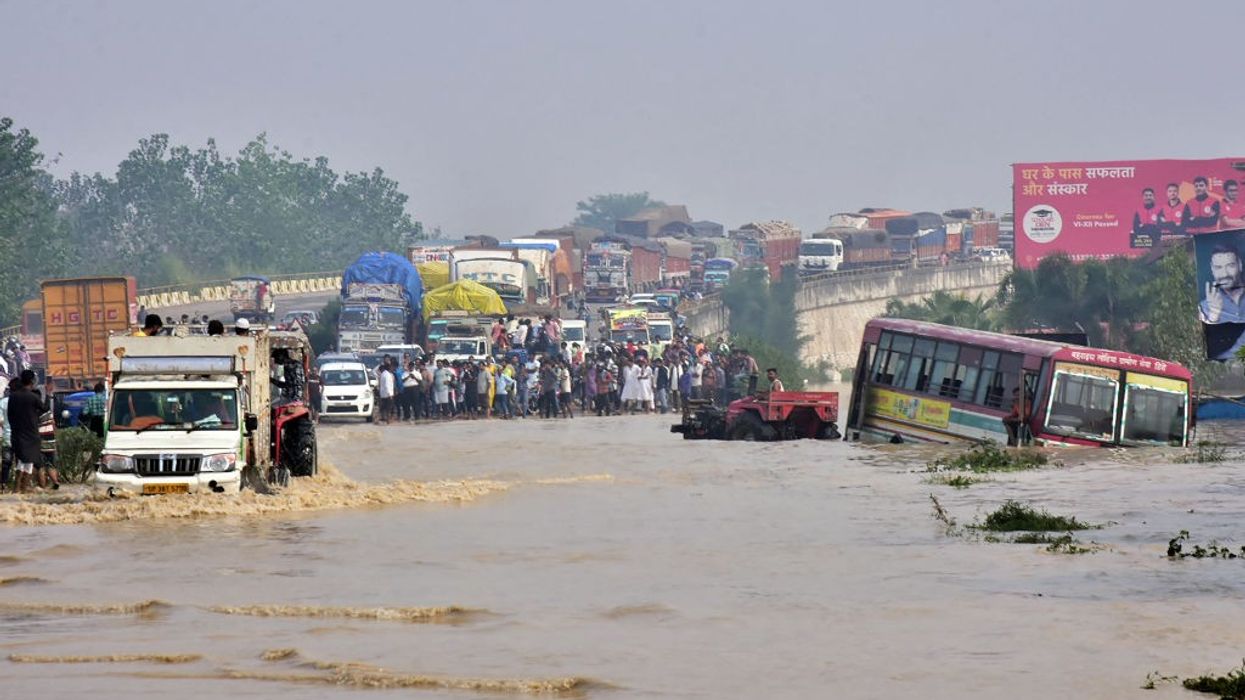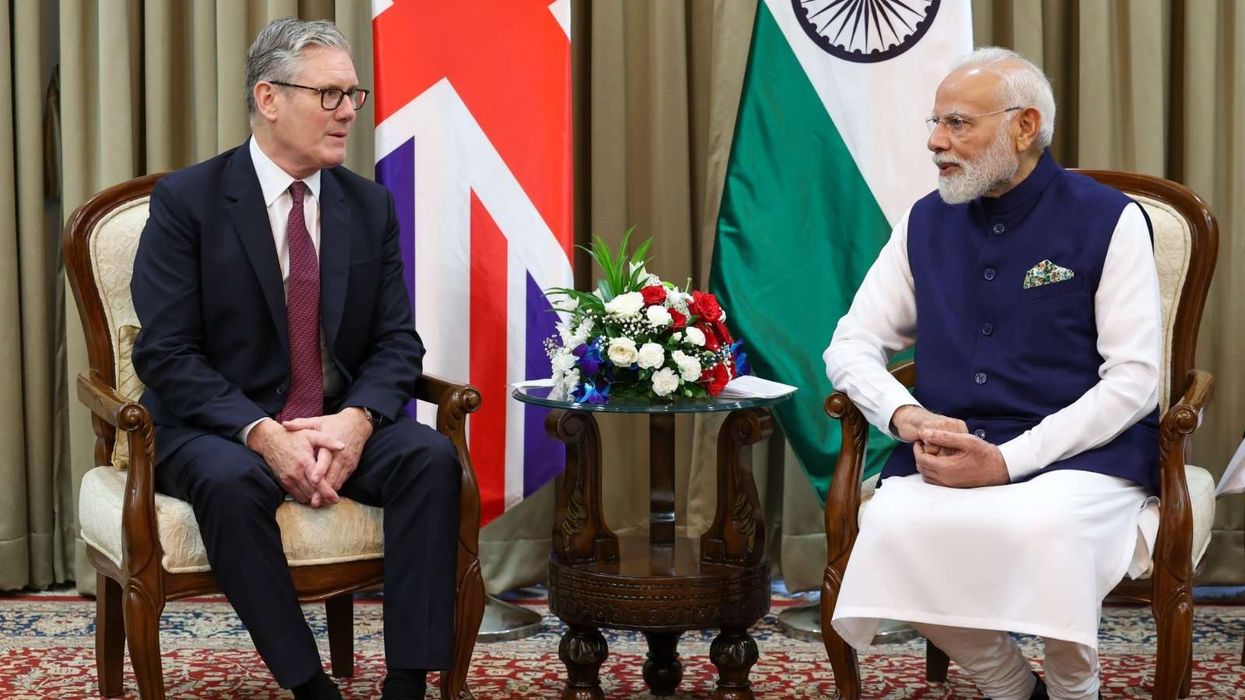THE demand for weather prediction will increase from various sectors in the future and artificial intelligence and machine learning will play a key role in this transition, the head of India’s premier weather agency has said.
Dr M Mohapatra is the director-general of meteorology at the India Meteorological Department (IMD).
In an interview with Eastern Eye, he said the accuracy of the existing numerical weather prediction model will increase by 20 per cent in the next decade as digital technology evolves, and such advances will help in the distribution of key data to the last mile.
“We try to provide more predictions in the future and will cater to various sectors including agriculture, power, exploration, defence etc,” Mohapatra said.
“The early warning system will also improve. Providing city-specific data – which has already started in Mumbai, Chennai, Kolkata and New Delhi – will also expand.
“We believe we can reduce the number of deaths and minimise the impact cost in different sectors through our forecast.”

The IMD chief said machine learning models which analyse volumes of data by computer models will be useful in predicting weather and simulating long term climate trends in future.
Dr Mohapatra said there will be some agreement at the COP26 climate summit in Glasgow to mitigate risks due to climate change across the world.
“The societal application of weather data will be manifold in the future as countries, including India, are witnessing a rise in economic activity.
“Every sector will need weather and climate information to succeed. So, the demand for more accurate weather predictions will only increase. For example, in India, we talk about doubling farmers’ income. If farmers get good weather forecasts, they can do farming effectively. Then they will know when to sow the seed when to apply fertilisers and pesticides. If accurate information is passed on in the time they can plan well and reduce input costs, and also the output can be improved,” said Dr Mohapatra.
“The same can be applied in health care, power and various other sectors. In recent times, due to effective cyclone forecasts, the power sector could save Rs 5 billion (over £49 million).”
The IMD was established in 1875. It is the national Meteorological Service of the country and the principal government agency in all matters relating to meteorology and allied subjects under the Ministry of Earth Sciences (MoES).
Why cities see severe weather
ON THE severe weather conditions after 2010 in India, IMD chief Dr M Mohapatra said the impact of climate change is felt across the world, but it is not uniform as tropical countries are affected more.
“In recent years, we have experienced very intense cyclones, floods, droughts and landslides. So, if we look at the impact of climate change and the frequency or intensity of extreme weather, it is not uniform.
“If we consider India, we find the frequency of intense cyclones is extremely serious and they are increasing since 1990. The countries surrounding the Arabian Sea are becoming more exposed to severe climatic conditions; regions along the Bay of Bengal and the east and west coast of India are also becoming more vulnerable.
“But if you consider the amount of rainfall, it is almost the same. It is normal when we compare it to the past 30 years. However, within the monsoon, there has been a change. More rainfall occurs during the day than at night; we are also getting more rain in a short period,” he said.
“During the monsoon, the development of the number of low-pressure systems have also increased in Rajasthan, Uttar Pradesh and central India. Because of this, there will be a 10-15 per cent increase in rainfall and it can also lead to cloud bursts and landslides in hilly areas.”
Mohapatra pointed out that a rise in sea temperature and sea level due to climate change are other contributing factors to severe weather in the country.
A low-pressure system has lower pressure at its centre than the areas around it. Winds blow towards the low pressure, and the air rises in the atmosphere where they meet. As the air rises, the water vapour within it condenses, forming clouds and often precipitation.
According to Mohapatra, the country received 99 per cent of rainfall this year when compared to its long-term average. Because of the above-normal rainfall in September, the country witnessed floods and landslides in central India and Western Ghat regions, he said.
Dr Mohapatra also pointed out the disproportionate impact of severe weather in Indian metros is because of a process called the urban heat island – an urban area or metropolitan area is significantly warmer than its surrounding rural areas due to human activity.
According to him, adaptation and better policy measures can help mitigate the situation. Mohapatra said the IMD agency does impact-based weather forecasting with the aim of minimising the socioeconomic costs of climate hazards.













